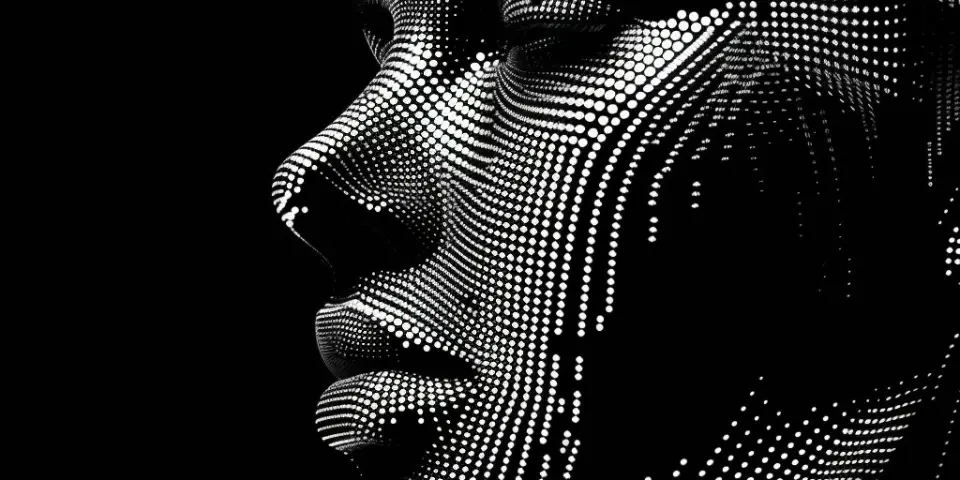Jazz Fusion Blending Genres for a Unique Sound
Jazz fusion, also known as jazz-rock fusion, is a genre that emerged in the late 1960s. It combines elements of jazz improvisation and harmony with the rhythms of rock and funk music. This fusion of genres has resulted in a unique and exciting sound that has captivated audiences worldwide. In this article, we will delve into the different facets of jazz fusion, exploring its history, notable musicians, techniques, and the influence it has had on modern music.
1. Origins of Jazz Fusion
The origins of jazz fusion can be traced back to the late 1960s, when musicians began incorporating elements of rock, funk, and R&B into their jazz compositions. Artists like Miles Davis, Herbie Hancock, and Weather Report were pioneers in this genre, experimenting with electric instruments, synthesizers, and complex rhythmic patterns. Their aim was to create a new and innovative sound that would appeal to a broader audience.

The fusion of different genres was not without controversy, as traditional jazz purists criticized the departure from traditional improvisation and swing feel. However, the fusion movement gained momentum, and by the 1970s, jazz fusion became a prominent subgenre in the music industry.
2. Notable Jazz Fusion Musicians
Jazz fusion has produced many influential musicians who have made significant contributions to the genre. Here are a few notable jazz fusion artists:
- Miles Davis: A true innovator, Davis' albums such as "Bitches Brew" and "In a Silent Way" are considered iconic in the realm of jazz fusion. His collaborations with musicians like John McLaughlin and Chick Corea showcased the boundary-pushing nature of the genre.
- Herbie Hancock: Known for his groundbreaking album "Head Hunters," Hancock incorporated elements of funk and rock into his compositions. His use of synthesizers and electric pianos pushed the boundaries of what was considered traditional jazz.
- Weather Report: Formed by keyboardist Joe Zawinul and saxophonist Wayne Shorter, Weather Report was a powerhouse in the jazz fusion scene. Their album "Heavy Weather" is regarded as a classic and features the popular track "Birdland."
3. Techniques in Jazz Fusion
Jazz fusion incorporates a wide range of techniques from various musical genres. Here are some commonly used techniques in jazz fusion music:
- Odd Time Signatures: Unlike traditional jazz, which often sticks to common time signatures like 4/4 or 3/4, jazz fusion frequently employs irregular time signatures. This adds complexity and creates a unique rhythmic feel.
- Improvisation: A hallmark of jazz, improvisation takes center stage in fusion music. Musicians are given the freedom to explore and experiment, often incorporating extended techniques and unconventional harmonies into their solos.
- Electric Instruments: In contrast to acoustic instruments traditionally used in jazz, jazz fusion relies heavily on electric instruments like electric guitars, electric basses, and synthesizers. These instruments provide a more modern and edgy sound.
- Fusion of Genres: Jazz fusion derives its name from the amalgamation of jazz, rock, funk, and other genres. Musicians often incorporate elements of each genre into their compositions, resulting in a rich and diverse tapestry of sounds.
4. Influence and Legacy
The legacy of jazz fusion is undeniable, as its influence can be heard in a wide range of musical genres today. Its impact can be seen in contemporary jazz, rock, hip-hop, and electronic music. Jazz fusion opened doors and blurred the lines between genres, inspiring countless musicians to explore new sonic possibilities.
The genre's incorporation of elements outside of traditional jazz has broadened the audience appeal and increased its relevance in modern music. It continues to evolve, with artists pushing the boundaries and fusing even more genres, creating a new wave of fusion music.
FAQs
Q: Is jazz fusion only for jazz enthusiasts?
A: Not at all! Jazz fusion has a wide appeal and attracts listeners from various musical backgrounds. Its fusion of genres creates a unique sound that can be appreciated by jazz fans and non-jazz fans alike.
Q: Can I play jazz fusion on traditional jazz instruments?
A: While it is possible to play jazz fusion on traditional jazz instruments, many fusion musicians prefer electric instruments and synthesizers to achieve the desired sound. The use of these instruments is more common in jazz fusion.
Q: Are there any modern jazz fusion artists worth exploring?
A: Absolutely! Jazz fusion is a vibrant and evolving genre. Some modern fusion artists worth exploring include Snarky Puppy, Hiromi Uehara, and Kamasi Washington. These musicians are pushing the boundaries of jazz fusion and incorporating fresh elements into their compositions.
References
1. "The History and Influence of Jazz Fusion" - All About Jazz
2. "Jazz Fusion" - The Guardian
3. "Fusion: In a League of Its Own" - JazzTimes
